150 Best Classroom Riddles Brain Busters for Kids and Teachers
Want to transform your classroom into a hub of critical thinking and laughter? Look no further than the power of classroom riddles! They’re the perfect tool to spark curiosity, boost engagement, and make learning genuinely fun.
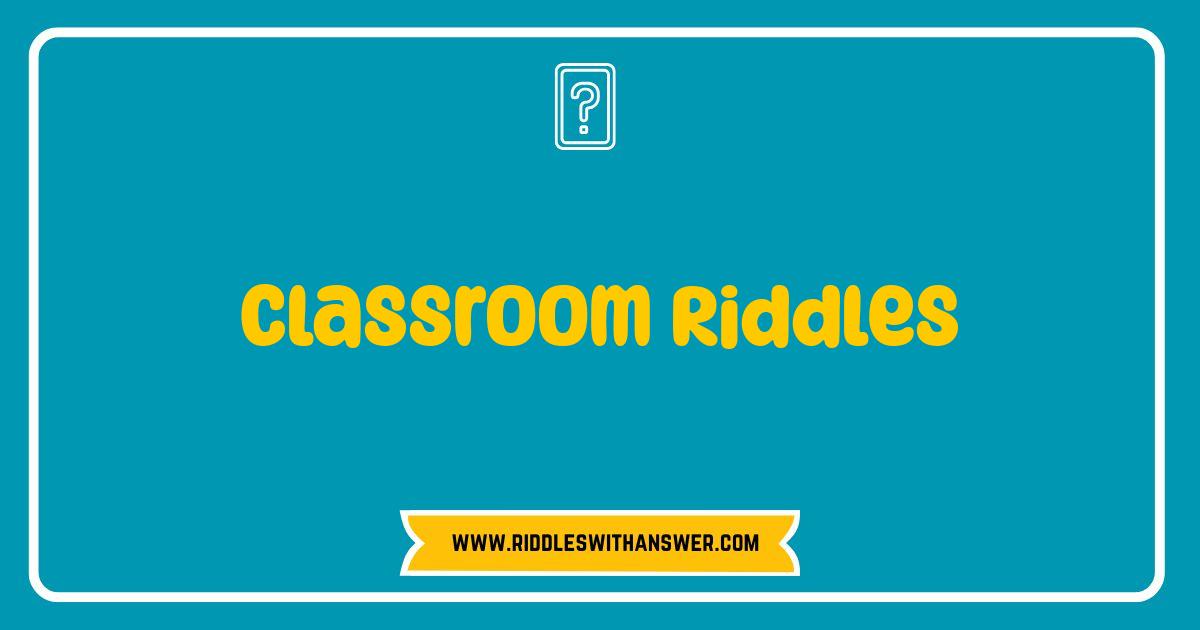
This blog post is your ultimate guide to incorporating brain-teasing **classroom riddles** into your lessons. We’ll explore why they work, share a collection of riddles tailored for different age groups, and offer tips for using them effectively.
Get ready to unlock a whole new level of student participation and create a memorable learning environment with these captivating **classroom riddles**!
Best Classroom Riddles Brain Busters for Kids and Teachers
Riddle: I have cities, mountains, and water, but no houses, trees, or fish. What am I?
Answer: A map
Riddle: I am full of knowledge, but I have no brain. What am I?
Answer: A textbook
Riddle: I have a mouth, but never speak. I have a bed, but never sleep. What am I?
Answer: A river (on a map or diagram)
Riddle: I have to be broken before you can use me. What am I?
Answer: An egg (for a science experiment or baking)
Riddle: I have leaves, but I am not a tree. I tell stories, but I cannot speak. What am I?
Answer: A book
Riddle: I have a point, but cannot argue. I can lead you, but have no legs. What am I?
Answer: A pencil
Riddle: I’m tall when I’m young, and I’m short when I’m old. What am I?
Answer: A candle (used in a science demonstration)
Riddle: I am always coming, but never arrive. What am I?
Answer: Tomorrow’s lesson
Riddle: I have many keys, but can’t open a single lock. What am I?
Answer: A piano (in the music room)
Riddle: What has an eye, but cannot see?
Answer: A needle (for sewing projects)
Riddle: I am taken from you before you get me. What am I?
Answer: A photograph (for a school project)
Riddle: I travel the world, but always stay in my corner. What am I?
Answer: A stamp (on an envelope)
Riddle: What is full of holes but still holds water?
Answer: A sponge
Riddle: What question can you never answer yes to?
Answer: Are you asleep yet? (In class)
Riddle: I’m lighter than a feather, yet the strongest person can’t hold me for 5 minutes. What am I?
Answer: Breath
Classroom Riddles: Boosting Engagement and Learning
Classroom Riddles are more than just fun brain teasers! They’re a fantastic tool for boosting student engagement and solidifying learning. By weaving riddles into lessons, teachers can spark curiosity, encourage critical thinking, and make even the trickiest topics more memorable. Watch your students’ problem-solving skills blossom with this playful approach!
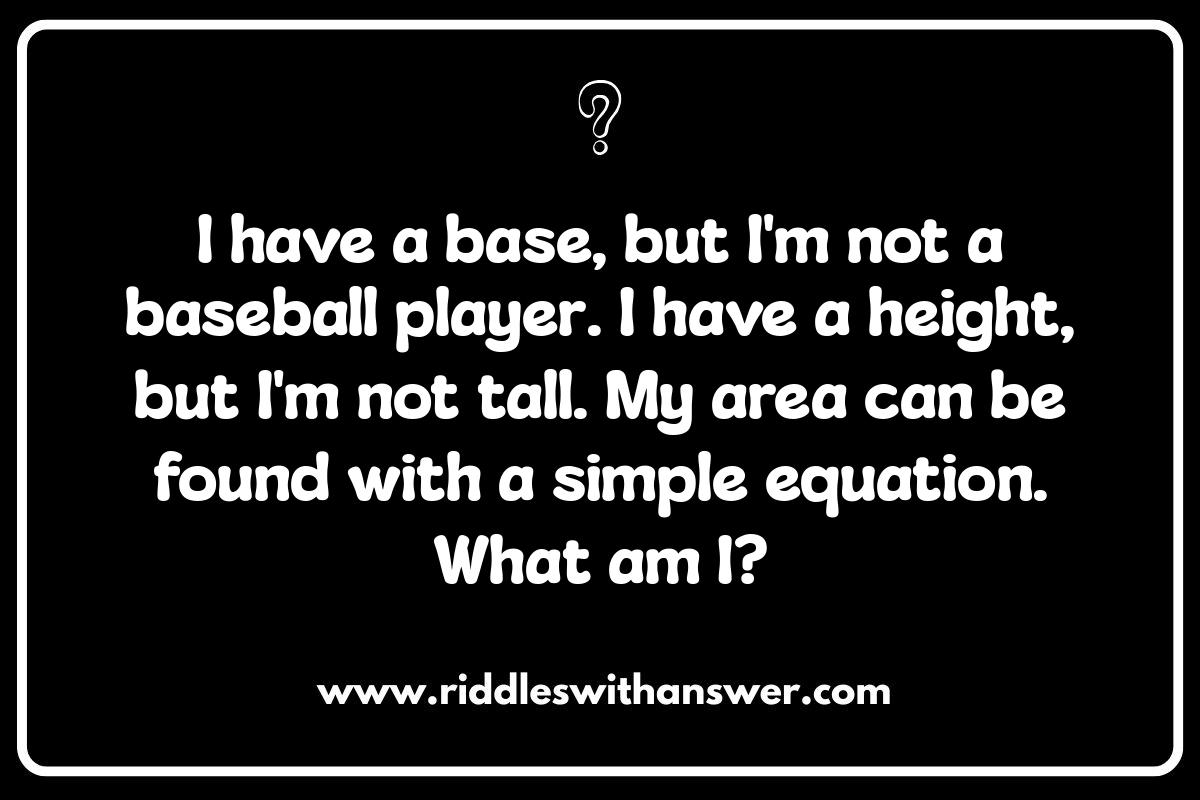
Riddle: I have a base, but I’m not a baseball player. I have a height, but I’m not tall. My area can be found with a simple equation. What am I?
Answer: A Triangle
Riddle: I can be proper or common, concrete or abstract. I name people, places, things, and ideas. What am I?
Answer: A Noun
Riddle: I am a process where substances combine to form something entirely new, often with a fizz or a bang. What am I?
Answer: A Chemical Reaction
Riddle: I am a landlocked country in South America, known for its rich indigenous cultures and the Atacama Desert’s mysteries. What am I?
Answer: Bolivia
Riddle: I can be acute, obtuse, or right, but I’m always measured in degrees. What am I?
Answer: An Angle
Riddle: I’m a form of government where the people hold the power, choosing leaders to represent them for a term or an hour. What am I?
Answer: Democracy
Riddle: I’m a mountain range that stretches across North America, known for its rugged peaks and stunning national parks. What am I?
Answer: The Rocky Mountains
Riddle: I am a story’s blueprint, the sequence of events that unfold to create suspense, conflict, and resolution. What am I?
Answer: The Plot
Riddle: I am a type of wave that travels through matter, carrying energy from one place to another. What am I?
Answer: Mechanical Wave
Riddle: I am a country, an island, and a continent all rolled into one, known for unique wildlife and vast landscapes. What am I?
Answer: Australia
Riddle: I am a system of writing using symbols to represent sounds or letters, allowing us to communicate across time and space. What am I?
Answer: Alphabet
Riddle: I am a force that opposes motion, slowing things down and sometimes bringing them to a halt. What am I?
Answer: Friction
Riddle: I am a period of time marked by great achievements in art, literature, and science, following the Middle Ages. What am I?
Answer: Renaissance
Riddle: I can be simple, compound, or complex, but I always express a complete thought. What am I?
Answer: Sentence
Riddle: I am a type of energy that is released from the nucleus of an atom, used in power plants and weapons of mass destruction. What am I?
Answer: Nuclear Energy
Classroom Riddles: Types for Different Age Groups
Classroom riddles are fantastic learning tools, adaptable for all ages. Younger students enjoy simple, descriptive riddles about animals or objects. Older kids can tackle more complex logic puzzles or wordplay. They spark critical thinking, boost vocabulary, and make learning fun, turning everyday lessons into engaging challenges.
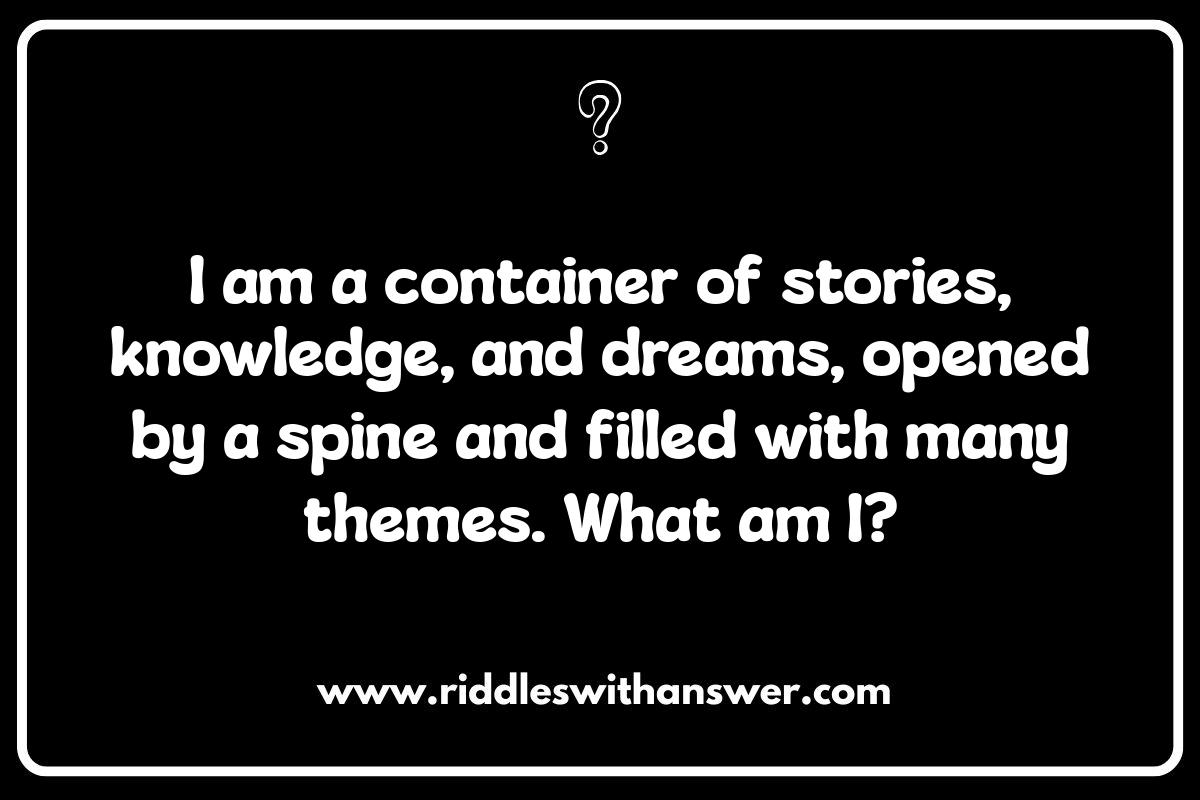
Riddle: I am a container of stories, knowledge, and dreams, opened by a spine and filled with many themes. What am I?
Answer: A book
Riddle: I have cities, but no houses; forests, but no trees; and water, but no fish. What am I?
Answer: A map
Riddle: I get smaller every time I take a bath. What am I?
Answer: A bar of soap
Riddle: I have a neck without a head, a body without legs. I’m often full, but never fed. What am I?
Answer: A bottle
Riddle: I am a building with lots of rooms, but no walls. What am I?
Answer: A school
Riddle: I have numbers on my face, but no eyes. I tell you the time, but never speak. What am I?
Answer: A clock
Riddle: I am a tool that helps you draw straight lines. What am I?
Answer: A ruler
Riddle: I am always in front of you but can’t be seen. What am I?
Answer: The future
Riddle: I am a question that you can never answer yes to. What am I?
Answer: “Are you asleep yet?”
Riddle: I have no voice, but I can tell you what to do. I have no body, but I can take you anywhere. What am I?
Answer: Instructions
Riddle: I am a constant companion, always ready to share a thought, a feeling, or a dare. I can be short or long, rhyming or not, a creative burst, a literary spot. What am I?
Answer: A poem
Riddle: I can be measured, but not seen. I can be saved, but not held. What am I?
Answer: Time
Riddle: I am a shape with three sides, but I don’t always look the same. Sometimes I’m pointy, sometimes I’m not, but my angles always add up to 180, I proclaim. What am I?
Answer: A triangle
Riddle: I am the beginning of eternity, the end of time and space, the beginning of every end, and the end of every place. What am I?
Answer: The letter ‘E’
Riddle: I travel the world, but always stay in my corner. I can be sent across the sea, but I am never free. What am I?
Answer: A stamp
Classroom Riddles: Crafting Your Own Educational Puzzles
Unleash your inner puzzle master! “Classroom Riddles: Crafting Your Own Educational Puzzles” empowers educators to transform learning into an engaging game. Discover how to create riddles that reinforce lessons, spark critical thinking, and boost student participation. It’s a fun, creative way to make education stick!
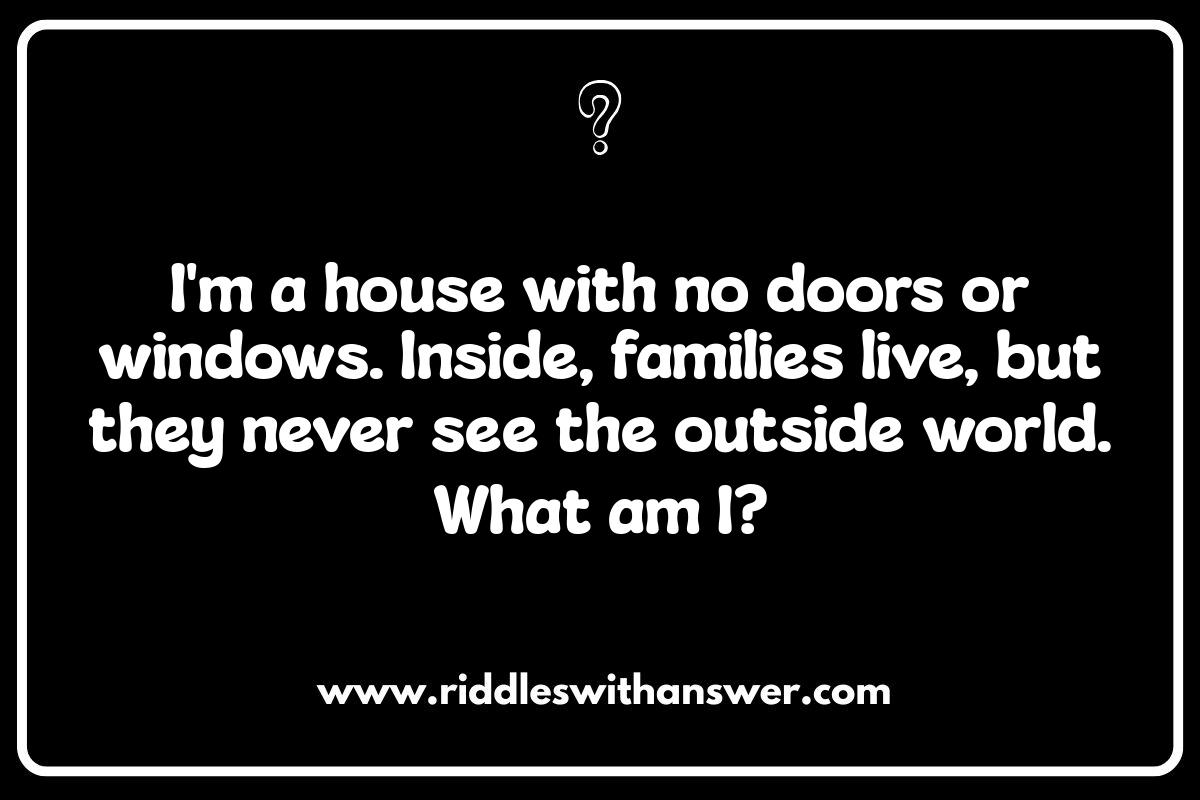
Riddle: I’m a house with no doors or windows. Inside, families live, but they never see the outside world. What am I?
Answer: A book
Riddle: I have cities, but no houses, forests, but no trees, and water, but no fish. I’m often used in schools. What am I?
Answer: A map
Riddle: I can be cracked, made, told, and played. What am I?
Answer: A joke
Riddle: I march before armies, but carry no weapons. I can be seen on a country’s flag. What am I?
Answer: A symbol
Riddle: I am a container for knowledge, but have no walls and can be carried with you. What am I?
Answer: A mind
Riddle: I am a process that occurs in all living things, but am not breathing. What am I?
Answer: Cellular respiration
Riddle: I have a face, but no eyes. I tell you the time, but cannot speak. What am I?
Answer: A clock
Riddle: I am a system of government where one person has all the power. What am I?
Answer: A dictatorship
Riddle: I’m a story with talking animals with a moral lesson. What am I?
Answer: A fable
Riddle: I have a point, but no size. I indicate location, but take up no space. What am I?
Answer: A point
Riddle: I am the study of human societies and cultures and their development. What am I?
Answer: Anthropology
Riddle: I am a line that divides a shape in half, creating two mirror images. What am I?
Answer: A line of symmetry
Riddle: I have a spine, but no bones. I tell tales, but have no voice. I transport you to other worlds, but never leave my place. What am I?
Answer: A book
Riddle: I am a piece of writing, often with rhyme, that conveys emotions and thoughts. What am I?
Answer: A poem
Riddle: I am a government run by a small group of people. What am I?
Answer: An oligarchy
Classroom Riddles: Benefits for Cognitive Development
Classroom riddles offer more than just fun! They’re a fantastic tool for boosting cognitive development. By encouraging critical thinking, problem-solving, and creative reasoning, riddles sharpen young minds. They also enhance vocabulary and comprehension skills, making learning an engaging and rewarding experience for students of all ages.
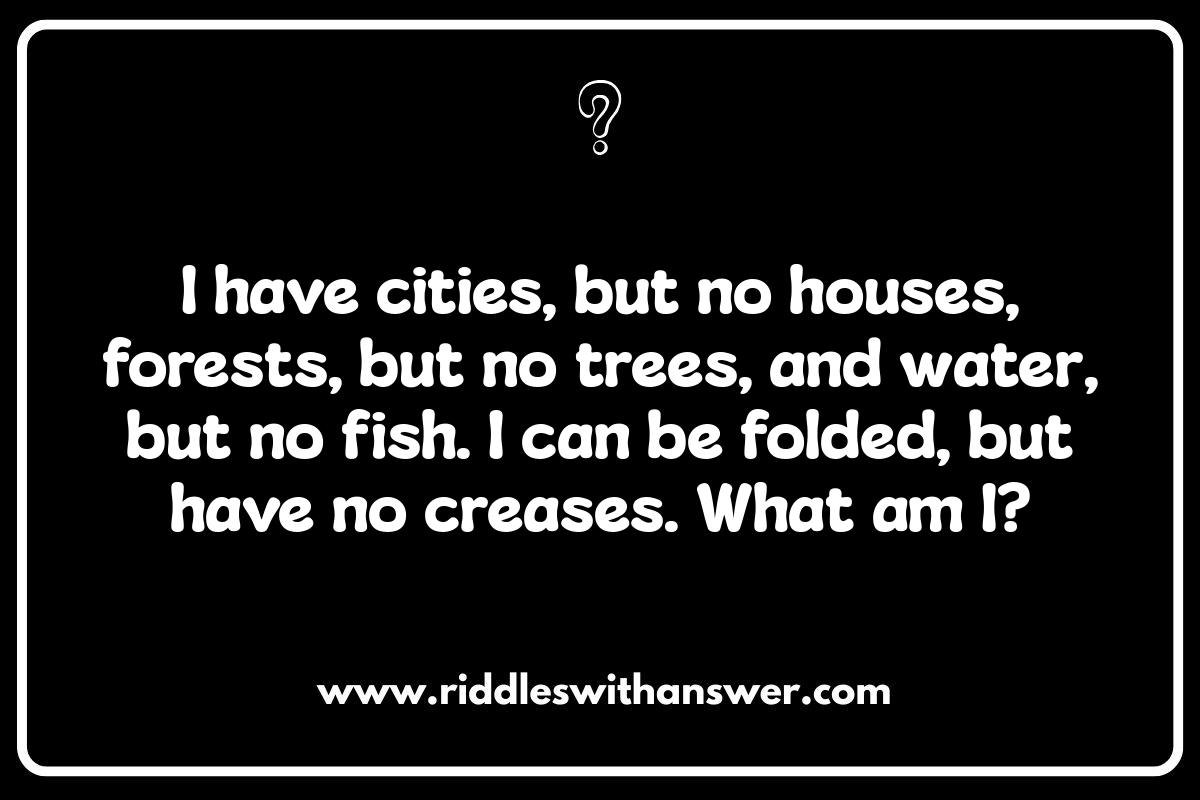
Riddle: I have cities, but no houses, forests, but no trees, and water, but no fish. I can be folded, but have no creases. What am I?
Answer: A map
Riddle: I am a process that helps plants make food, but I need sunlight to set the mood. What am I?
Answer: Photosynthesis
Riddle: I am a country in Europe, shaped like a boot, known for pizza, pasta, and a tasty fruit. What am I?
Answer: Italy
Riddle: I’m a group of letters that makes a sound. Change me, and meaning can be found. What am I?
Answer: A word
Riddle: I am a tool used to measure the weight of an object, but I am not a scale. What am I?
Answer: A balance
Riddle: I am a type of angle that is less than 90 degrees. What am I?
Answer: An acute angle
Riddle: I am a force that pulls objects together. Without me, we’d all float away like a feather. What am I?
Answer: Gravity
Riddle: I am a figure of speech that uses exaggeration to make a point. What am I?
Answer: Hyperbole
Riddle: I am a part of speech that connects words, phrases, and clauses, but I’m not a bridge. What am I?
Answer: A conjunction
Riddle: I am a system of writing where each letter is represented by dots and dashes. What am I?
Answer: Morse code
Riddle: I’m a building with many stories, but I don’t tell any tales. What am I?
Answer: A library
Riddle: I am a number that can be divided evenly by two. What am I?
Answer: An even number
Riddle: I am a part of the Earth, but have no life. I can be found on mountains or at the beach. What am I?
Answer: Rock
Riddle: I am a story that is passed down through generations, often containing moral lessons and mythical creatures. What am I?
Answer: A legend
Riddle: I am a period of time, known as the age of exploration, where Europeans sought new lands. What am I?
Answer: The Renaissance
Classroom Riddles: Incorporating Them into Lesson Plans
Classroom riddles aren’t just fun brain teasers; they’re powerful learning tools! Injecting them into lesson plans can boost engagement and critical thinking. Use riddles to introduce new concepts, review material, or even as quick brain breaks. They transform passive learning into active problem-solving, making lessons more memorable and enjoyable for…
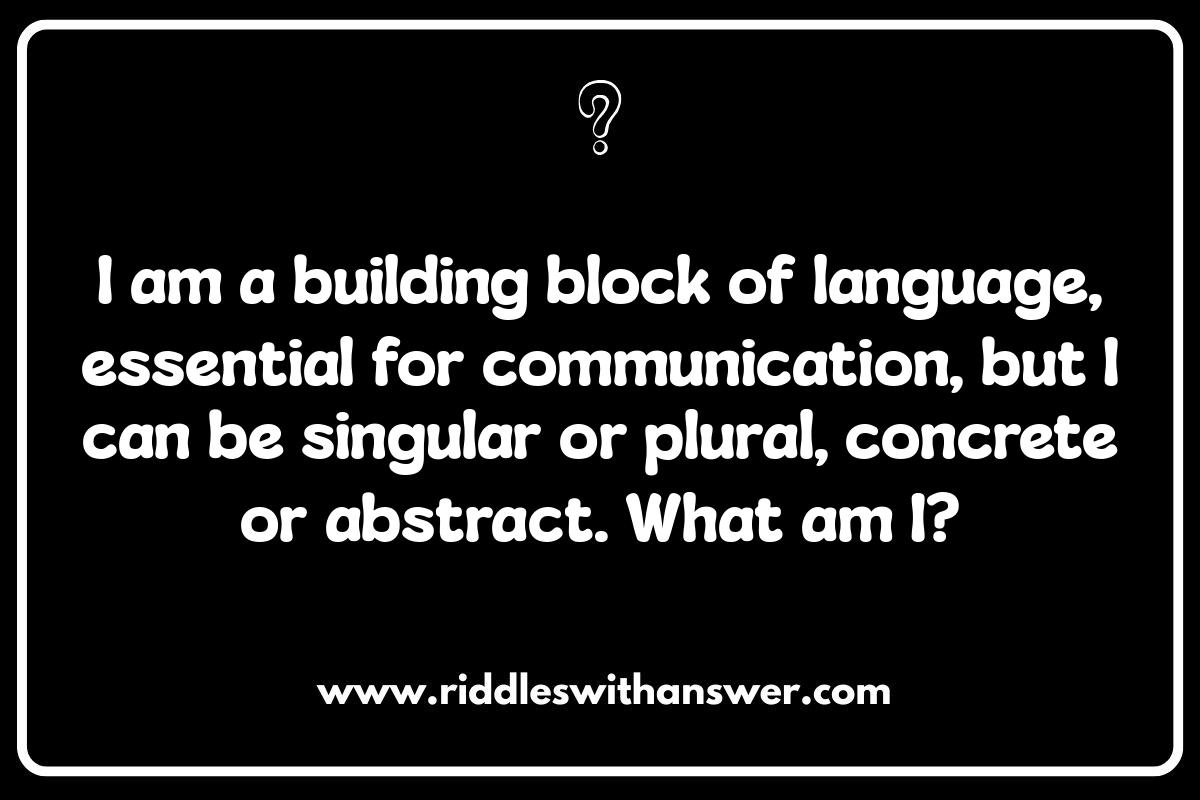
Riddle: I am a building block of language, essential for communication, but I can be singular or plural, concrete or abstract. What am I?
Answer: A noun
Riddle: I have many faces, but wear no mask. I tell a story, but have no voice. I have a spine, but cannot stand. What am I?
Answer: A book
Riddle: I am a place where knowledge is stored, and learning is adored. Students gather, teachers impart, shaping futures, right from the start. What am I?
Answer: A classroom
Riddle: I’m a tool used to measure, but I have no inches to treasure. I show hot and cold, but have no feelings of old. What am I?
Answer: A thermometer
Riddle: I stand on guard, but I’m not a soldier. I show the world, but I’m not a traveler. I come in many colors, but I’m not a rainbow. What am I?
Answer: A map
Riddle: I am a period of time marked by significant change, often involving new ideas and technologies. What am I?
Answer: An era or age
Riddle: I can be proper or improper, but I am always a part. I can be expressed as a ratio, showing a proportional heart. What am I?
Answer: A fraction
Riddle: I am a force that opposes motion, but I am necessary for walking and writing. What am I?
Answer: Friction
Riddle: I am a visual representation of data, often using bars, lines, or circles to convey information clearly. What am I?
Answer: A graph or chart
Riddle: I am a statement that is believed to be true but has not been proven. What am I?
Answer: A hypothesis
Riddle: I can be acute, obtuse, or right, but I am always measured in degrees. What am I?
Answer: An angle
Riddle: I am a small part of a larger whole, but I can also be a complete thought on my own. What am I?
Answer: A clause
Riddle: I am a group of stars that form a recognizable pattern in the night sky. What am I?
Answer: A constellation
Riddle: I am the process of breaking down complex molecules into simpler ones, often releasing energy. What am I?
Answer: Catabolism
Riddle: I am a tale, often fantastical, that explains the origins of something or conveys a cultural belief. What am I?
Answer: A myth
Classroom Riddles: Addressing Different Learning Styles
Classroom Riddles are more than just fun brain teasers! They can be cleverly designed to cater to different learning styles. Visual learners might enjoy riddles with images, while auditory learners can thrive with spoken clues. Kinesthetic learners? Act them out! By varying the riddle format, we make learning engaging and…
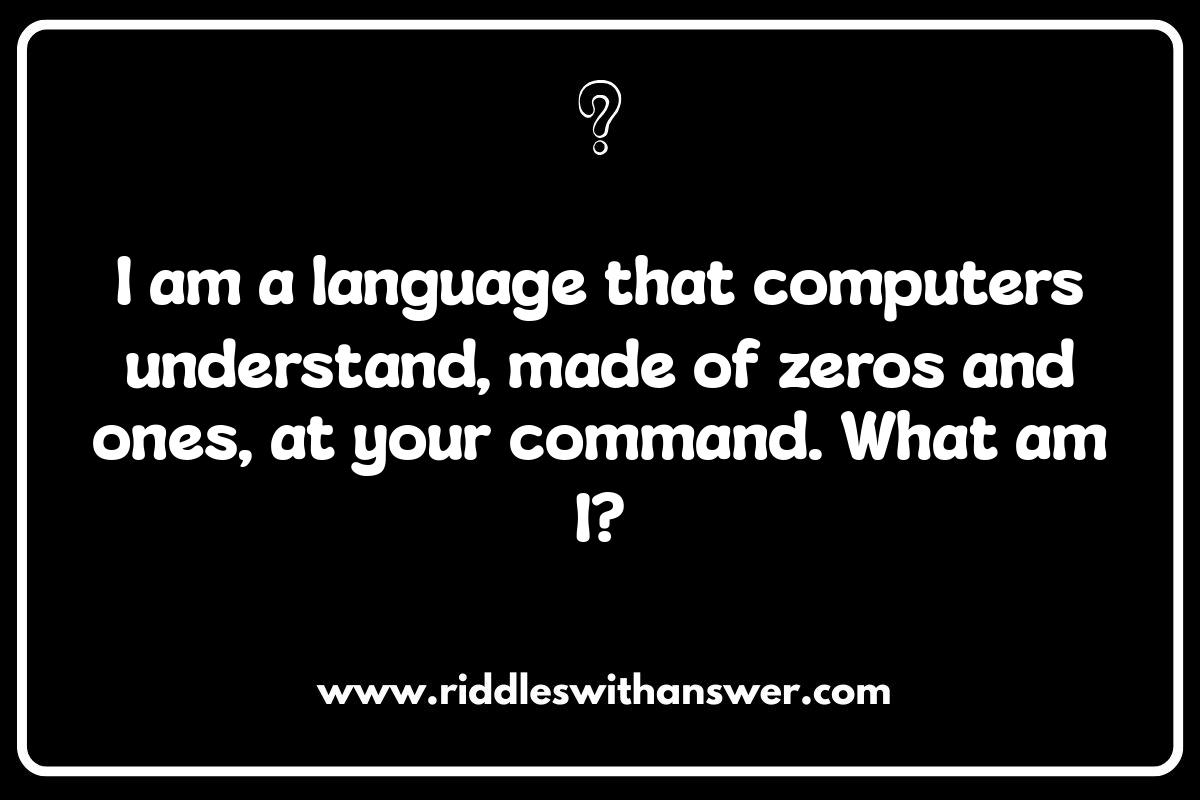
Riddle: I am a language that computers understand, made of zeros and ones, at your command. What am I?
Answer: Binary Code
Riddle: I can be big or small, used in math and science, a relationship that shows how things align. What am I?
Answer: A Graph
Riddle: I’m a story with a lesson, often using animals to express a concept. What am I?
Answer: A Fable
Riddle: I’m a land of contrasts, both wild and grand. Home to soaring eagles, and shifting desert sand. What am I?
Answer: North America
Riddle: I am a question that guides scientific thought, leading to experiments, carefully wrought. What am I?
Answer: A Hypothesis
Riddle: I’m a word that describes another, adding color and flair, making its meaning much more clear. What am I?
Answer: An Adjective
Riddle: I have a base and a height, but I’m not a building. My area is half the product of those two things. What am I?
Answer: A Triangle
Riddle: I’m a system of government where citizens vote. What am I?
Answer: Democracy
Riddle: I can be simple, compound, or complex. I express a complete thought, a key to context. What am I?
Answer: A Sentence
Riddle: I am the study of the past, through artifacts and lore, helping us understand what came before. What am I?
Answer: History
Riddle: I am a force that opposes motion. What am I?
Answer: Friction
Riddle: I am an agreement between countries to end a war. What am I?
Answer: A Treaty
Riddle: I am a set of instructions for a computer to follow. What am I?
Answer: A Program
Riddle: I am a type of energy that travels in waves and can be seen by the human eye. What am I?
Answer: Light
Riddle: I’m a number that has to be divided evenly into another number, what am I?
Answer: A factor
Classroom Riddles: Solutions and Explanations for Teachers
Stuck on a student’s riddle? “Classroom Riddles: Solutions and Explanations for Teachers” is your secret weapon! This resource unpacks the answers and explores the logic behind popular classroom riddles, empowering you to guide students toward understanding and spark their critical thinking skills. Turn head-scratchers into “aha!” moments effortlessly.
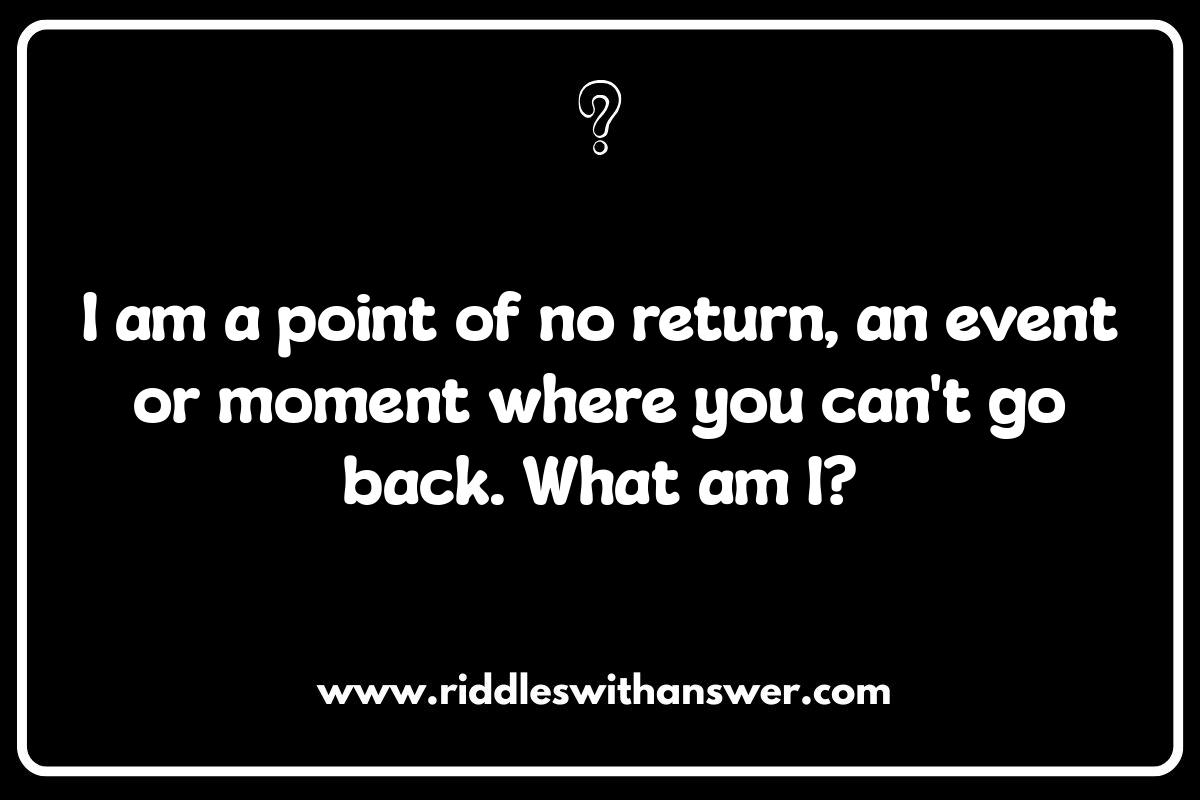
Riddle: I am a point of no return, an event or moment where you can’t go back. What am I?
Answer: A Rubicon
Riddle: I am a tale where characters learn a lesson, often involving animals who speak. What am I?
Answer: A fable
Riddle: I am a sea, almost entirely surrounded by land, yet connected to a vast ocean. What am I?
Answer: The Mediterranean Sea
Riddle: I am a journey on paper, a world brought to life, where heroes rise and conflicts take strife. What am I?
Answer: A novel
Riddle: I’m a figure of speech where you say less than you mean. What am I?
Answer: Understatement
Riddle: I am a type of energy that can be stored in objects, like a stretched rubber band. What am I?
Answer: Potential Energy
Riddle: I am a country known for my tea ceremonies and Mount Fuji. What am I?
Answer: Japan
Riddle: I am a number that can be divided by two with no remainder. What am I?
Answer: An even number
Riddle: I am a type of writing that convinces someone to believe a certain point of view. What am I?
Answer: Persuasive writing
Riddle: I am a structure built to honor past rulers and gods. What am I?
Answer: A monument
Riddle: I am a word that connects words, phrases, or sentences. What am I?
Answer: A conjunction
Riddle: I am a type of graph used to show the relationship between two sets of data. What am I?
Answer: A scatter plot
Riddle: I am a large sea bird, and my death brought misfortune to a ship’s crew. What am I?
Answer: An Albatross
Riddle: I am a country known for its maple leaf flag and hockey. What am I?
Answer: Canada
Riddle: I have cities, but no houses, forests, but no trees, and water, but no fish. What am I?
Answer: A map






